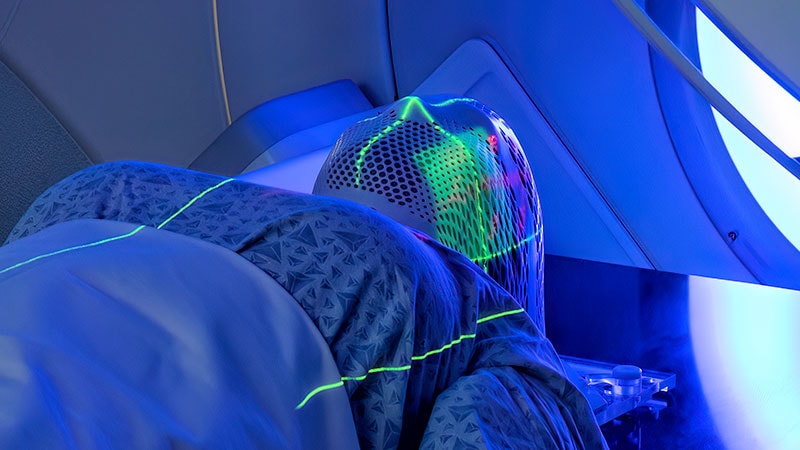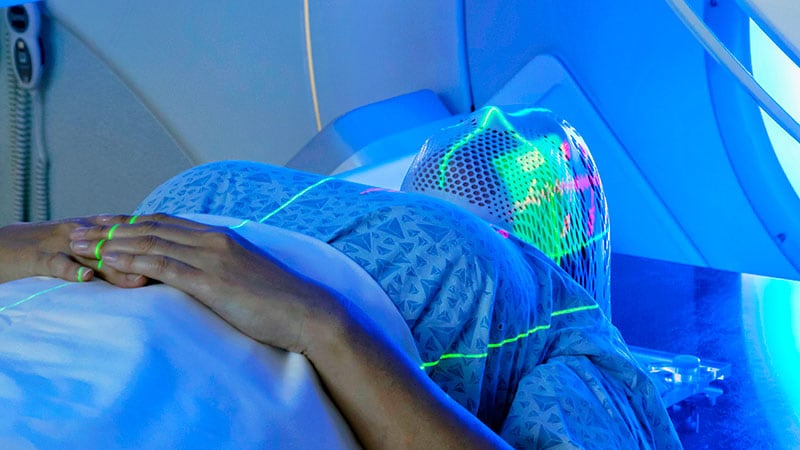Researchers at the University of Exeter have identified combinations of symptoms that have the highest predictive value for laryngeal cancer.
Current guidelines from the National Institute for Health and Care Excellence (NICE) suggest urgent referral for suspected laryngeal cancer in patients presenting with persistent unexplained hoarseness or unexplained neck lump. However, the lack of primary care evidence meant these recommendations were only based on consensus.
This new study aimed to identify and quantify the laryngeal cancer risk for individuals with combined clinical features. The matched case-control study considered data from the Clinical Practice Research Datalink for UK patients aged ≥40 years.
In total, 806 patients diagnosed with laryngeal cancer between 2000 and 2009 were studied, together with 3559 age-, sex- and practice-matched control patients.
Ten features were found to be significantly associated with laryngeal cancer: hoarseness (OR, 904; 95% CI, 277-2945); sore throat first attendance (OR, 6.2; 95% CI, 3.7-10) and re-attendance (OR, 7.7; 95% CI, 2.6-23); dysphagia (OR, 6.5; 95% CI, 2.7-16); otalgia (OR, 5.0; 95% CI, 1.9-13); dyspnoea, re-attendance (OR, 4.7; 95% CI, 1.9-12); mouth symptoms (OR, 4.7; 95% CI, 1.8-12); recurrent chest infection (OR, 4.5; 95% CI, 2.4-8.5); insomnia (OR, 2.7; 95% CI, 1.3-5.6) and raised inflammatory markers (OR, 2.5; 95% CI, 1.5-4.1; All P<.01).
Hoarseness had the highest individual positive predictive value (PPV) at 2.7%. However, symptom combinations currently not included in NICE guidance were found to have significant PPV; sore throat with either dysphagia, dyspnoea or otalgia, all had PPVs greater than 5%.
Presenting the findings in the British Journal of General Practice, the authors said the study may help general practitioners (GPs) to better identify patients who warrant referral for further investigation.



